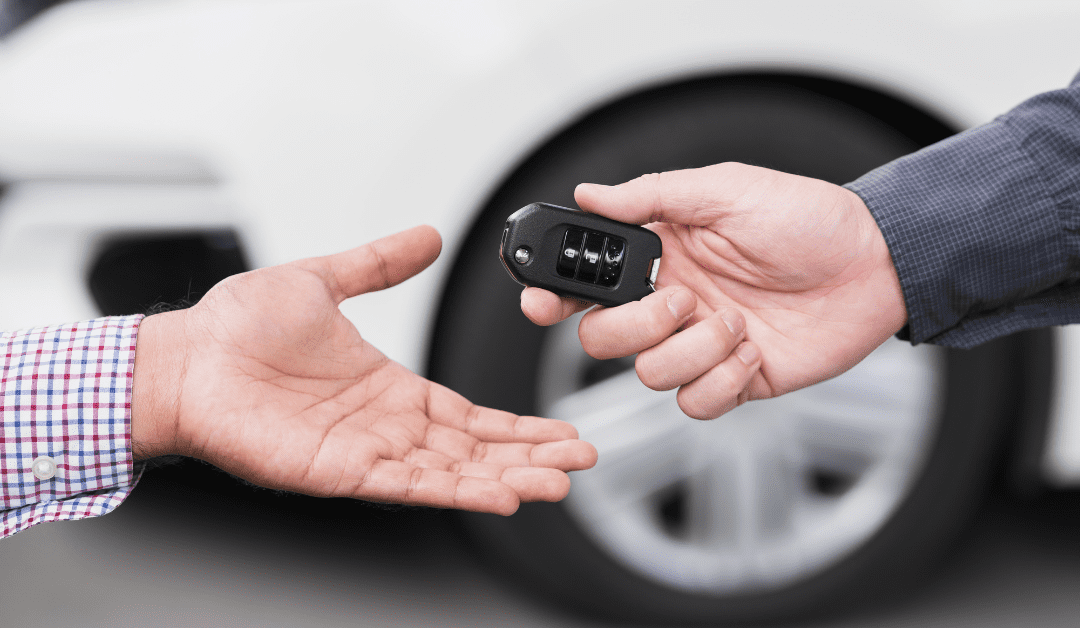No maintenance, no insurance, no high parking costs, and it is better for the environment: the advantages of driving a shared car. It is therefore not surprising that car sharing is becoming more and more popular in the Netherlands.
Sharing a car can be done in two ways:
– A shared car through an organization
There are various organizations that offer shared cars (Greenwheels, ConnectCar, Car2Go, or MyWheels). Reserving a shared car is possible via your smartphone and is rented out by the organization for fixed rates. It differs per organization whether the car must be returned to a fixed location or in a specific zone.
– A shared car through a private individual
Here, a private individual rents out his or her car. There are various rental and rental platforms for private car sharing (Snappcar, WeGo, or FIGO Mobility).
To drive a shared car, it is required to have a valid driver’s license. Several organizations have a minimum age of 24. A shared car participates in traffic just like other cars and must adhere to the traffic rules. People in shared cars who break the rules risk a fine, which is for the driver that drove the car.
It differs per provider where the shared cars are available. Snappcar, MyWheels and Greenwheels operate throughout the Netherlands, but ConnectCar and Car2Go are only available in major cities. The shared cars are mainly used for short distances.
Sharing a car has positive effects on CO2 emissions. Figures show that the use of shared cars has reduced CO2 emissions by 8-13%.

